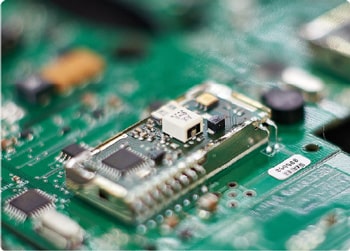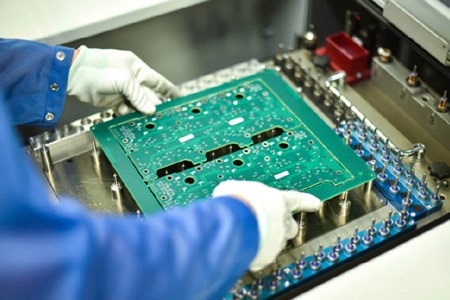What are the requirements for PCB baking before PCBA processing
Temperature and time requirements for PCB baking
During the PCBA processing, baking the PCB is a very important process step, especially in a high humidity environment or when the product quality requirements are high.
Purpose and function of baking
The main purpose of PCB baking is to eliminate the internal stress and moisture in the PCB board to ensure that the PCB maintains a stable size and shape during processing and use. The specific functions are as follows:
1. Eliminate internal stress: During the manufacturing process of PCB, a layer of copper foil is attached to the insulating material of the copper-clad board and dried. Shrinkage and stress will occur during this process. These internal stresses can be eliminated by baking and the size of the PCB can be stabilized.
2. Dehumidification: PCB needs to be baked before drilling, after pressing, and before shipping and packaging to remove moisture from the board. This can reduce the impact of moisture on PCB performance during subsequent processing and use.
3. Improve welding effect: Baking can dry the moisture in the pad, thereby enhancing the welding effect and reducing the rate of false solder joints and repairs.

Temperature and time requirements for PCB baking
Generally, the baking temperature and time of PCB are controlled within the following range:
- Temperature: 100-120°C
- Time: about 2 hours
However, the specific baking time needs to be adjusted according to the manufacturing date of the PCB. The following are specific baking requirements:
1. Within 2 months of the manufacturing date:
If the PCB is sealed and unsealed for more than 5 days, please bake at 120 ±5℃ for 1 hour.
2. The manufacturing date exceeds 2 months:
Please bake at 120 ±5℃ for 1 hour before going online.
3. The manufacturing date exceeds 2 to 6 months:
Please bake at 120 ±5℃ for 2 hours before going online.
4. The manufacturing date exceeds 6 months to 1 year:
Please bake at 120 ±5℃ for 4 hours before going online.
5. The manufacturing date exceeds 1 year:
Please bake at 120 ±5℃ for 4 hours before going online, and then send it to the PCB factory for re-tinning before it can be used online.
Time limit for use after baking
The baked PCB should be used within 5 days (put into IR Reflow). If it is not used within 5 days, it needs to be baked again at 120 ± 5℃ for 1 hour before it can be put into use.
Notes
1. Avoid baking for too long: The baking time should not be too long, otherwise it may cause oxidation of the PCB board, affecting its performance and appearance.
2. Control exposure time: The PCB should be put into use as soon as possible after baking. If it is exposed to the air for more than one day, oxidation may occur.
3. Choose a suitable supplier: Different suppliers have different production capabilities, and some PCBs treated with OSP (organic solder preservative) have a relatively long storage time. Therefore, it is particularly important to choose a reputable and technically competent supplier.
PCB baking is an important step in ensuring product quality in PCBA processing. Through reasonable temperature, time and humidity control, moisture in the PCB can be effectively removed, defects such as delamination, cracks, bubbles, etc. can be prevented, welding quality can be improved, and PCB service life can be extended. Therefore, strictly implementing the baking process specifications before processing is an important link to ensure PCBA quality







